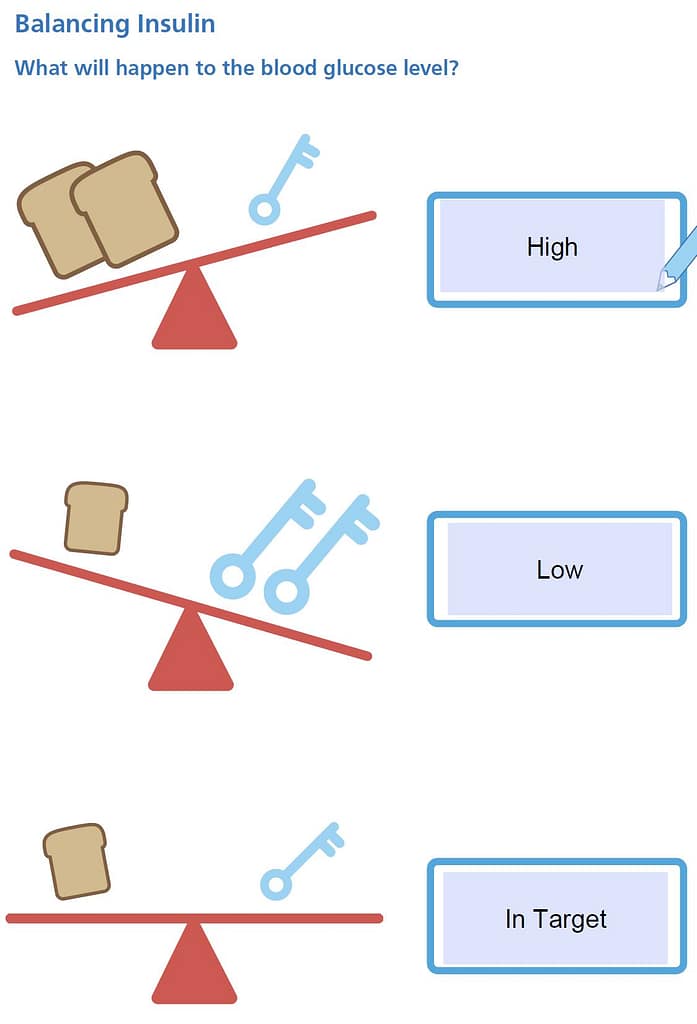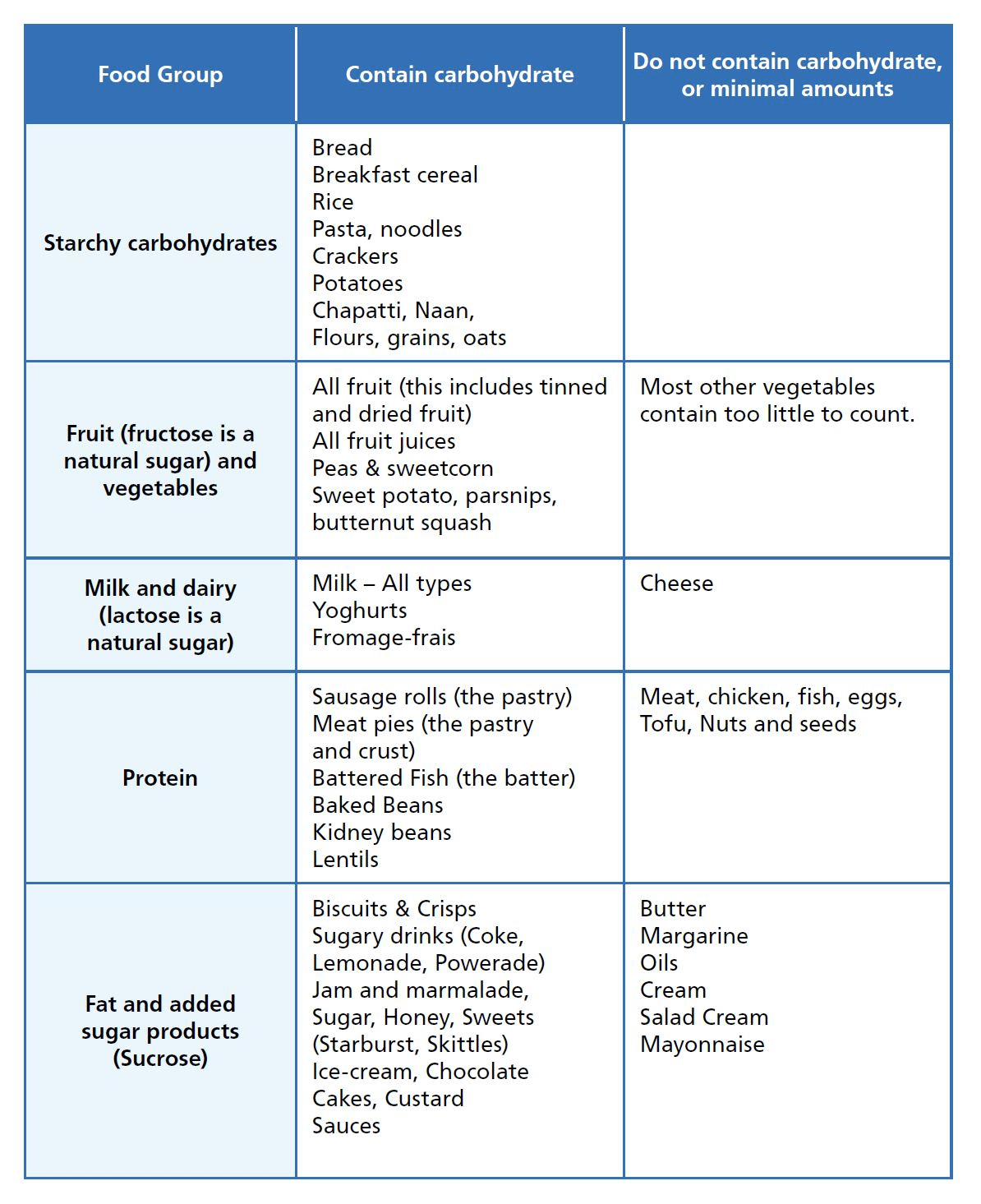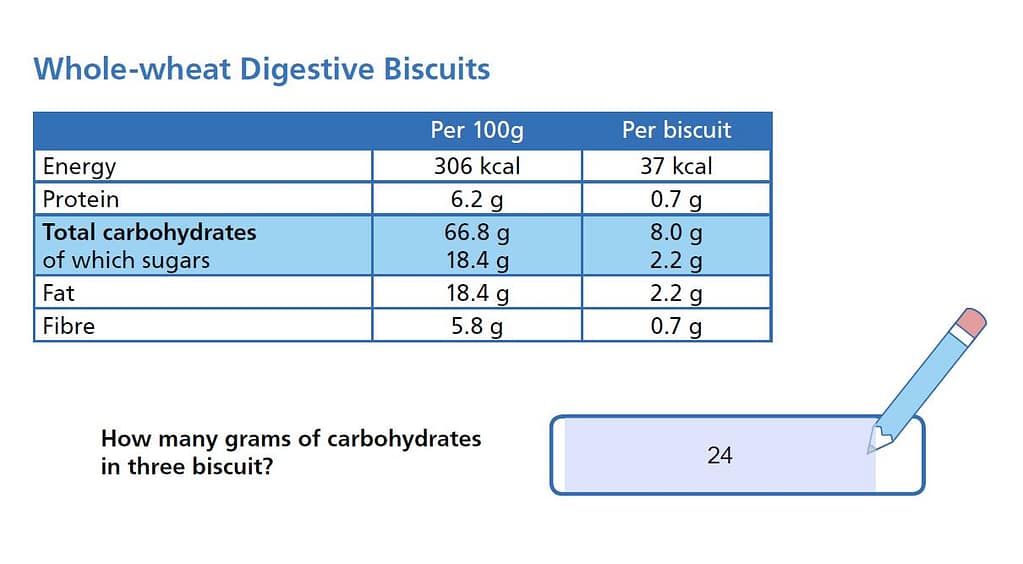TL;DR
This might surprise you: despite being a diabetes dietitian, this is one of the shortest pages on the site. That’s because the real teaching lives in the Interactive carb counting guide. Once you’ve worked through it, carb counting becomes straightforward — and you’ll be able to calculate your bolus insulin
Simple
Prefer video? Here you go:
Medium
The Interactive carb counting guide is packed with videos, worked examples, and short tests. Complete that, and you’ll be able to:
- work out the carbohydrate content of any meal,
- calculate your meal bolus,
- then adjust intelligently using CGM trends and experience.
Here’s a taster of what’s inside.

Basic table of what to count


Deep
If some of the carb amounts in the guide feel high, that’s normal. I’ve explored the full spectrum — from very low carb through to high carb — including a 120-day low-to-high carb experiment. I used to cap carbs around 150 g/day because it made glucose management easier.
Now, with Dynamic Glucose Management and a strong grasp of FAST movers between meals, I’m much more liberal. I average ~250 g/day (about 35–40% of energy) while still running ~99% time in range (4.0–10.0 mmol/L or 70–180 mg/dL) and almost 80% time in non-diabetic range (3.3–6.7 mmol/L or 60–120 mg/dL).
In other words: you can often have flexibility without sacrificing control — but only once the foundations and between-meal strategy are in place.
Working out carbs in real life
Using Carbs & Cals resources

Reading a food label

Using labels expressed per 100 g

My honest take on carb counting
The pros
- It helps you calculate a meal bolus that is close-ish to the glucose you’re about to absorb.
- It’s simple and teachable to family members.
- Children can get involved in insulin decisions early, which builds skill and confidence over time.
The cons
- The key message of three balanced meals often gets replaced by “eat what you like, just count and dose” — which is reductive and usually backfires.
- It’s too simplistic on its own.
- It creates false certainty: you can count perfectly and still get it wrong.
- It ignores the insulin-resistance impact of high-fat meals and other factors covered in the Mealtime Insulin Guide.
- It nudges people towards processed food because it’s easy to count, not because it’s good for them.
Rant over.
What’s next
Let’s move on to the most important food message.
Next step: Three balanced meals.

